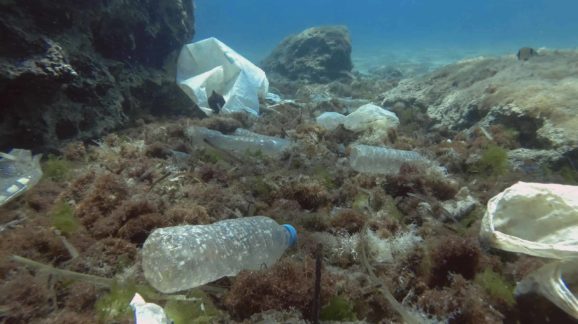New CEI Paper Highlights Facts about Plastics in the Ocean an Offers Workable Solutions to the Problem

Photo Credit: Getty
WASHINGTON – In a new paper released today, Competitive Enterprise Institute (CEI) senior fellow Angela Logomasini, PhD argues legislation pending before Congress related to plastics pollution in the ocean are destined to fail because they are based on misinformation and wrongheaded policies. After debunking myths about the scope and nature of the problem, Logomasini details concrete approaches that promise to resolve the problem.
In Ban Overboard: Exploring Solutions to Ocean Pollution, Logomasini writes that proposals banning single-use plastics would do little to reduce the amount of plastics dumped in the world’s oceans because bans do not address the main sources and causes of the ocean pollution problems.
Despite some disagreement and uncertainties, a consensus is developing regarding the scope and sources of plastic waste in the ocean. These include:
- Studies indicate that poor waste disposal practices, such as allowing open dumps, in Asia and developing nations are the main sources of ocean garbage. A 2015 study in Science magazine reported that China and 11 other Asian nations are responsible for 77 percent to 83 percent of plastic waste entering the oceans because of poor disposal practices.
- A nonprofit group studying the Great Pacific Garbage Patch found the primary types of plastics encountered were not single-use plastics—straws, cups, and grocery bags—but primarily fish nets, fishing lines and ropes, amounting to 52 percent of the trash. The rest included hard plastics ranging from large plastic crates and bottle caps to small fragments referred to as microplastics, which they maintained comprise 8 percent of the floating debris. Straws makes up a tiny fraction that is smaller than 1 percent.
- Despite analysis suggesting the ocean contains 1 ton of plastic for every 3 tons of fish, researchers have struggled to find enough plastics in the ocean to justify such estimates. Other studies suggest allege that it takes 1,000 years for plastics to biodegrade, when in reality most plastics degrade over a few decades or less.
“Studies show that most plastic found in the ocean are not single-use plastics but by-products of commercial fishing operations and problems stemming from poor disposal practices in certain countries,” said study author Logomasini. “Banning single-use plastics will not solve ocean pollution problems but will make life unnecessarily more complicated and expensive for American consumers. Policy makers should focus on improving disposal practices overseas, supporting nonprofit cleanup efforts, and promoting policies to privatize ocean resources.”
Read the whole paper here.
Read the first installment of Angela’s series on plastics here and the second installment here.